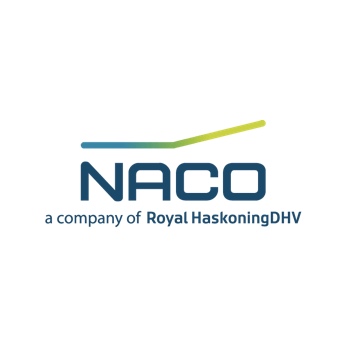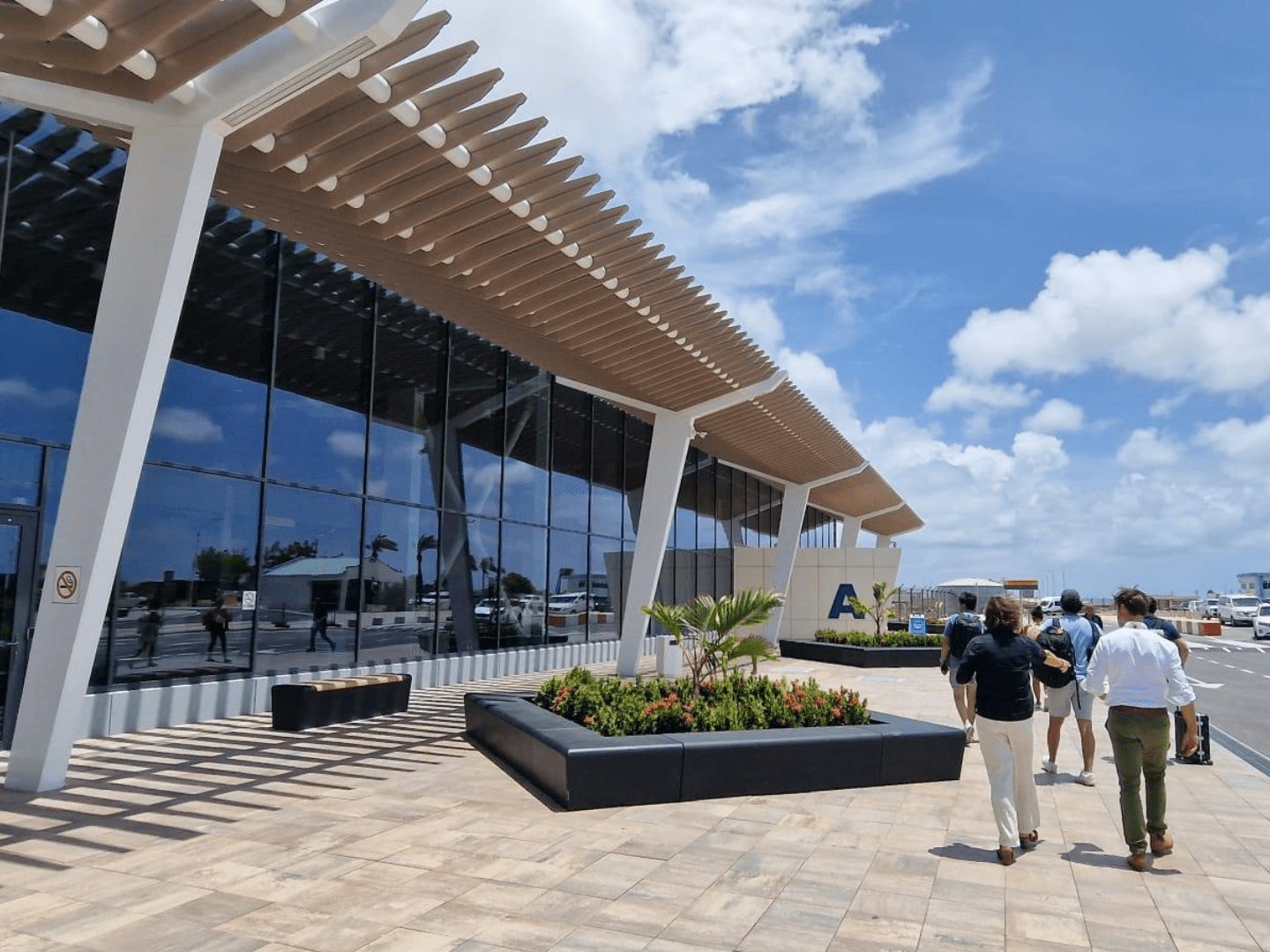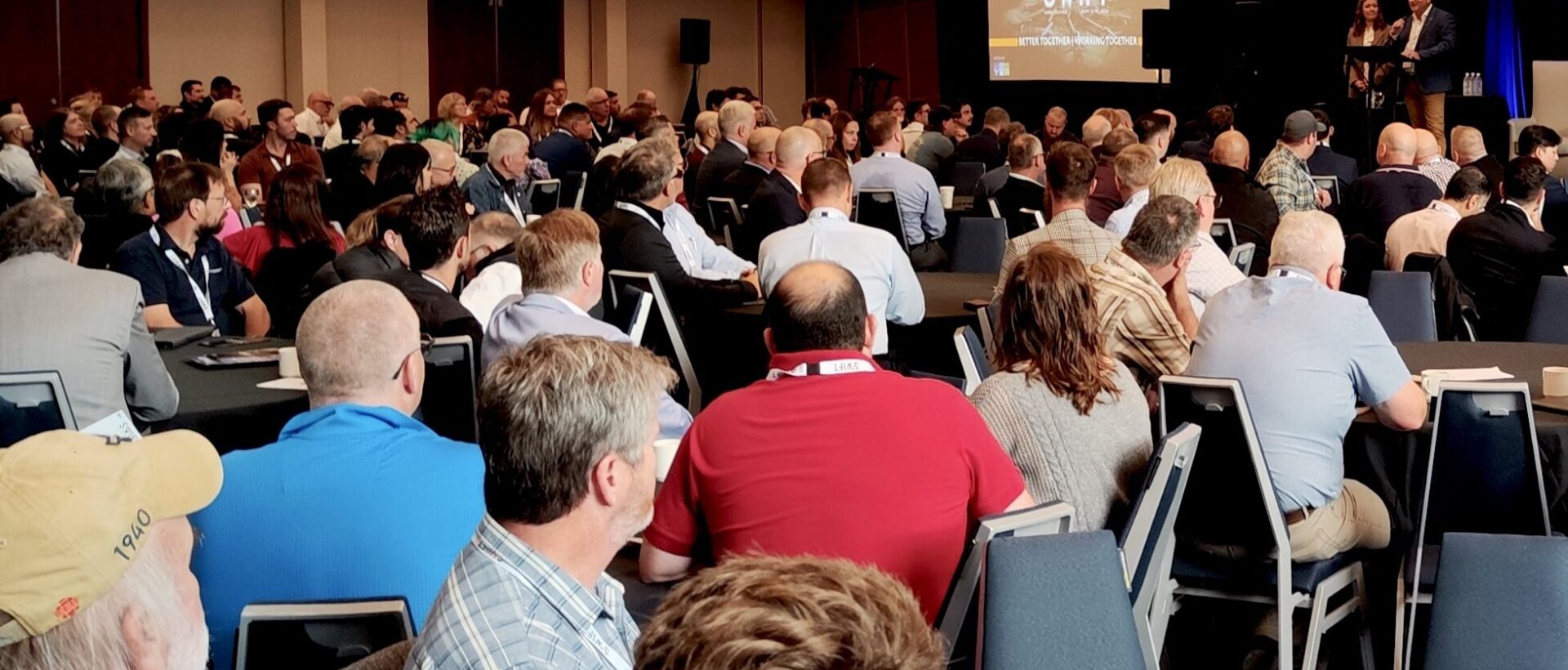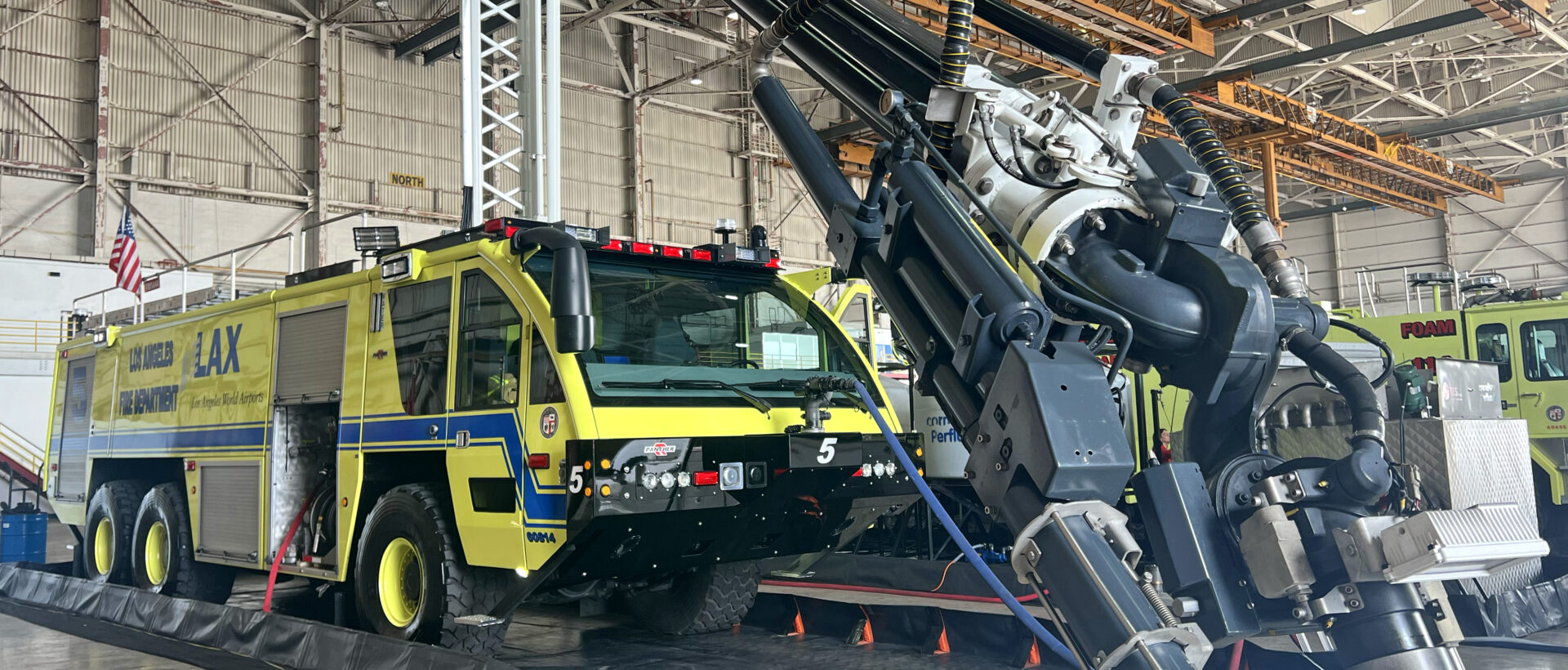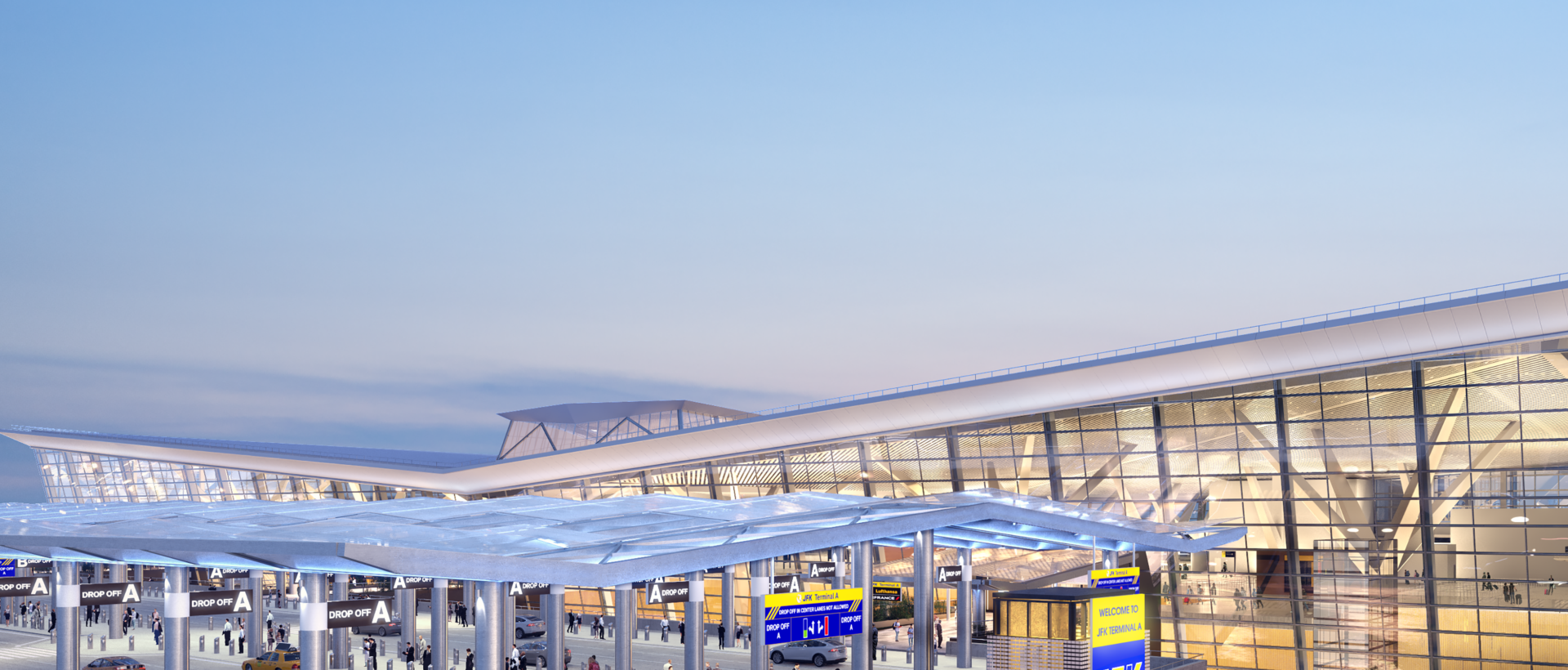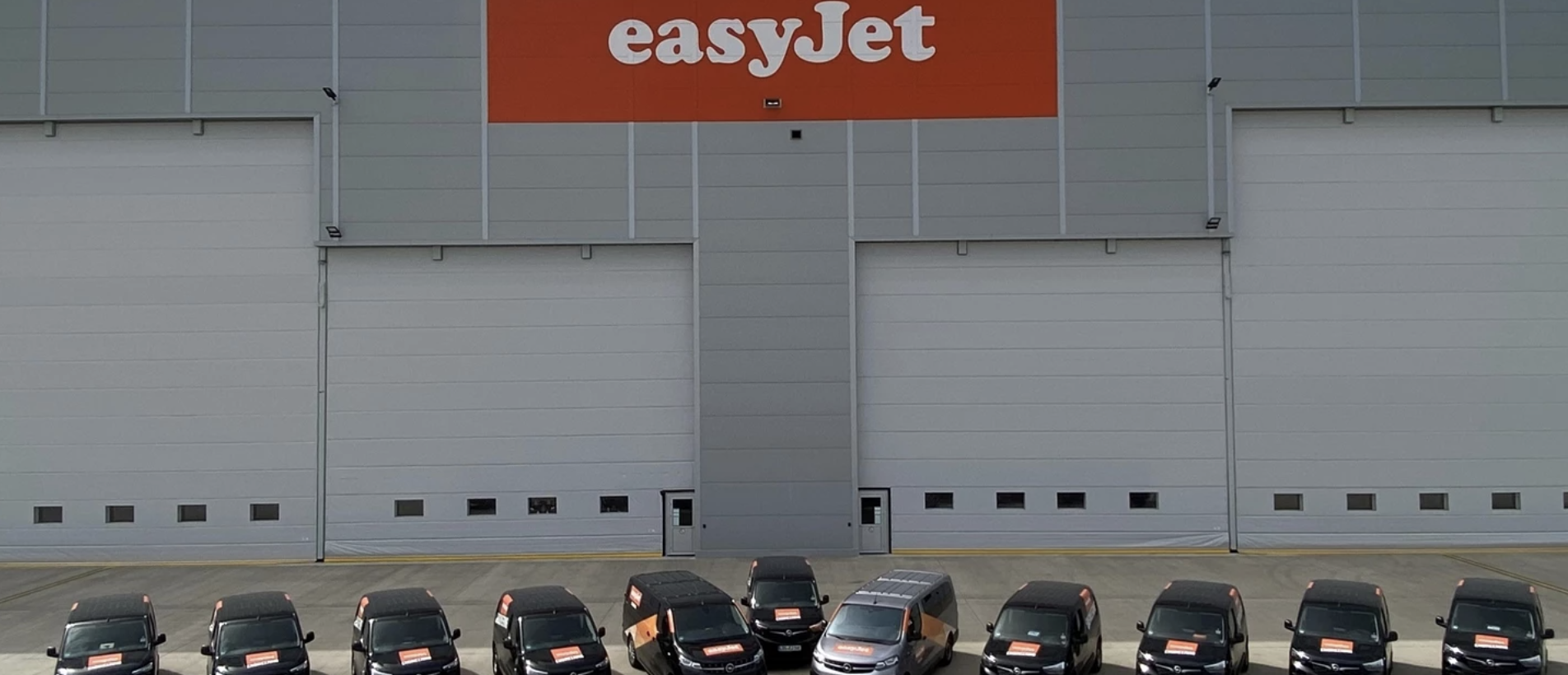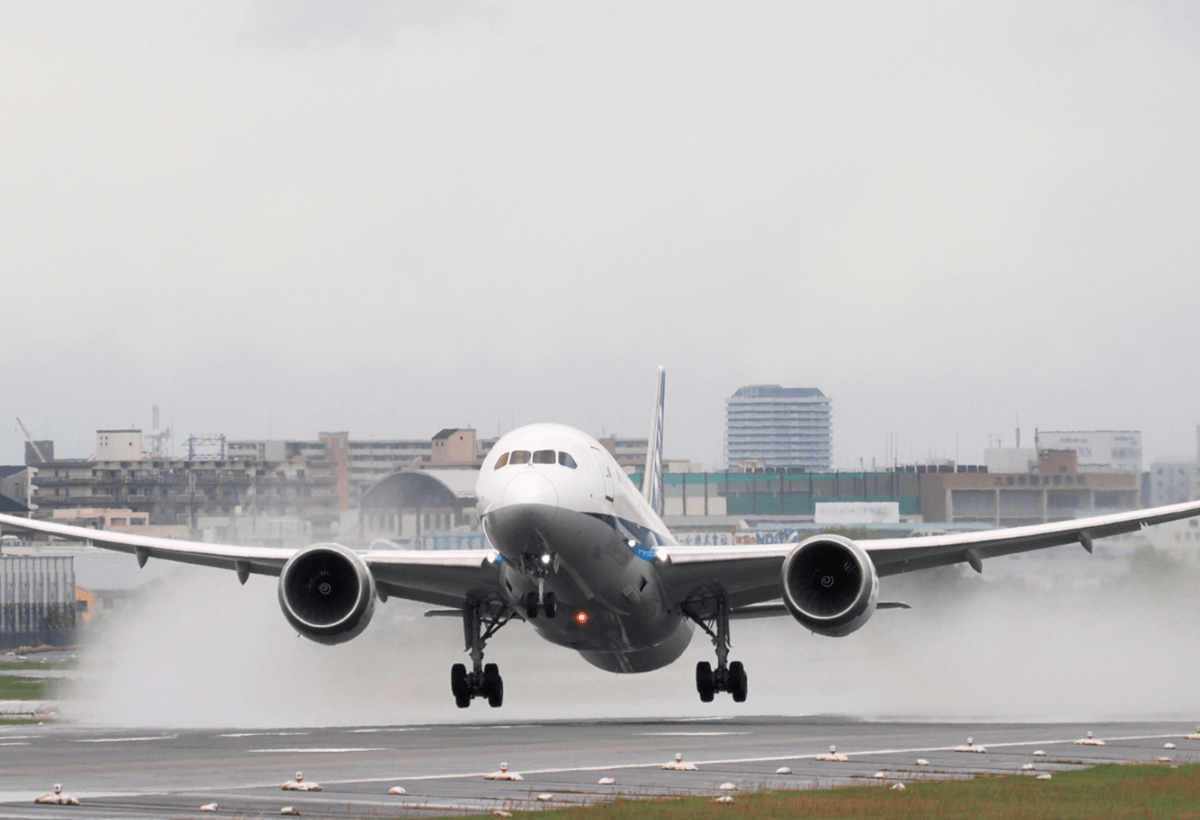Last month we joined with over 180 colleagues across the industry for the 5th annual edition of our Sustainable Aviation Summit, where we also marked NACO’s 75th anniversary.
Together, we explored the theme ‘Creating cross-sector collaboration’. Our goal? To work towards a sustainable future in aviation, together.

Building Resilience
The summit kicked off with a keynote presentation from Ynzo van Zanten, former Chief Evangelist at Tony’s Chocolonely’s. Through his captivating and motivational presentation, Ynzo brought a new take on how it is the responsibility of everyone in the aviation ecosystem to work together in order to make the industry more sustainable: “We are the system that we want to change – we can be the traffic jam stopping progress during moments of crisis.’’
The NACO team then introduced the topics of the day, first outlining the complex landscape which the aviation industry is facing – from the energy transition to nature-based and circular design – as well as the opportunity which greater collaboration could bring in building a resilient future.
Hands-on Collaboration
During the afternoon of the Sustainable Aviation Summit, together with our partners we hosted four workshop streams exploring different aspects of the industry.
This was a chance to brainstorm, deliberate, and co-operate with fellow industry professionals to address the challenges and opportunities in achieving sustainable aviation through cross-sector collaboration.
Stream 1: Sustainable Airline Operations
This session explored the various drivers of airlines’ sustainability strategies based on a number of specific cases. This was complemented by workshop discussions around how implementation triggers issues such as aligning sustainability targets with the operational/financial performance of the airline and best practices in terms of communicating sustainability initiatives to the public.
Key Findings
- Sustainability strategies are currently driven by operational, reputational, and regulatory/compliance considerations, and ideally should reflect an airline’s business model, network characteristics, and financial position.
- Trust between airlines & the traveling public is paramount to support the future implementation of sustainability initiatives and airlines should focus on growing current levels of trust, which are suboptimal.
- There is no clear pathway to keep sustainability investments flowing into the airline industry should there be a change of government priorities, particularly at the level of subsidies/grants/incentives.
Stream 2: Sustainable Airport Operations
This workshop looked at the sustainability goals of airports and the challenges in achieving them. The discussion centred around the potential of cross-sector collaboration in identifying solutions to those challenges.
Key Findings
- Airports are evolving into hubs for innovation.
- They play a catalyst role in linking different stakeholders together.
- Positive incentives could go a long way to influencing sustainability practices.
- Transition costs money and is a long-term investment – finding ways to finance the transition is key.
Stream 3: Sustainable Asset Design
This session explored the opportunities and challenges related to the implementation of a circular building resource hub. Together, participants created a lifecycle map under the theme of cross-collaboration that tracked the processing of circular building materials. The aim? To gain a deeper understanding of our transition from a linear ”Take-Make-Waste” to a circular economy within the construction industry.
Key Findings
- Futureproof design to safeguard the circular extension of a building’s life through the implementation of building materials and assembly methods that promote a high degree of disassembly potential.
- Resource hubs and their circular material streams require close collaboration throughout the whole lifecycle to see success.
- Material passports can facilitate the supply chain and encourage greater circularity in asset design.
- A regenerative growth model can see financial returns in the longer term.
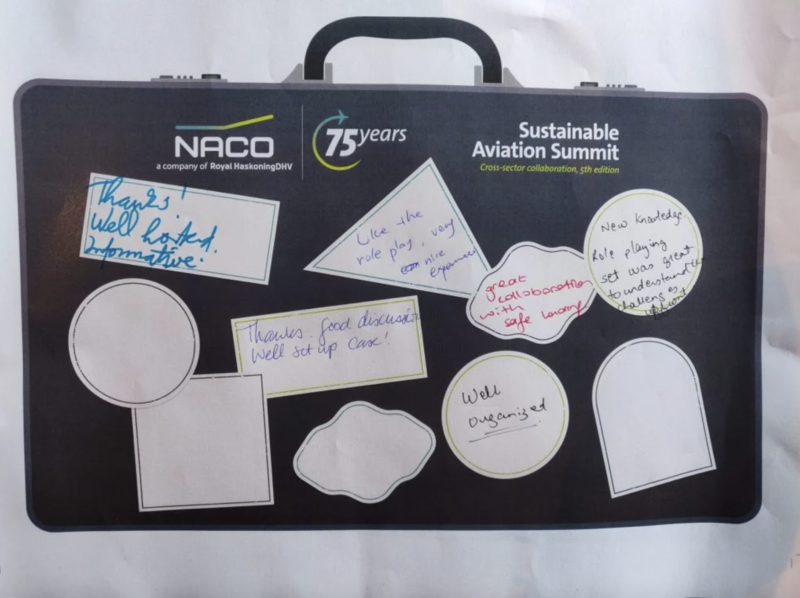
Stream 4: Governmental and Societal Collaboration
This workshop stream looked at the importance of effective, collaborative stakeholder engagement. Participants explored some of the challenges faced in the process and how they could be overcome.
Key Findings
- Stakeholder engagement is key during any kind of change – and in order to be effective, the right partners need to be in the room.
- Clear and transparent communication to impart a sense of accountability.
- Long-term thinking and vision is important to solve complex conflicts.
- Overcoming sustainability challenges can be an opportunity to boost economic growth.
This article was originally published by NACO.


